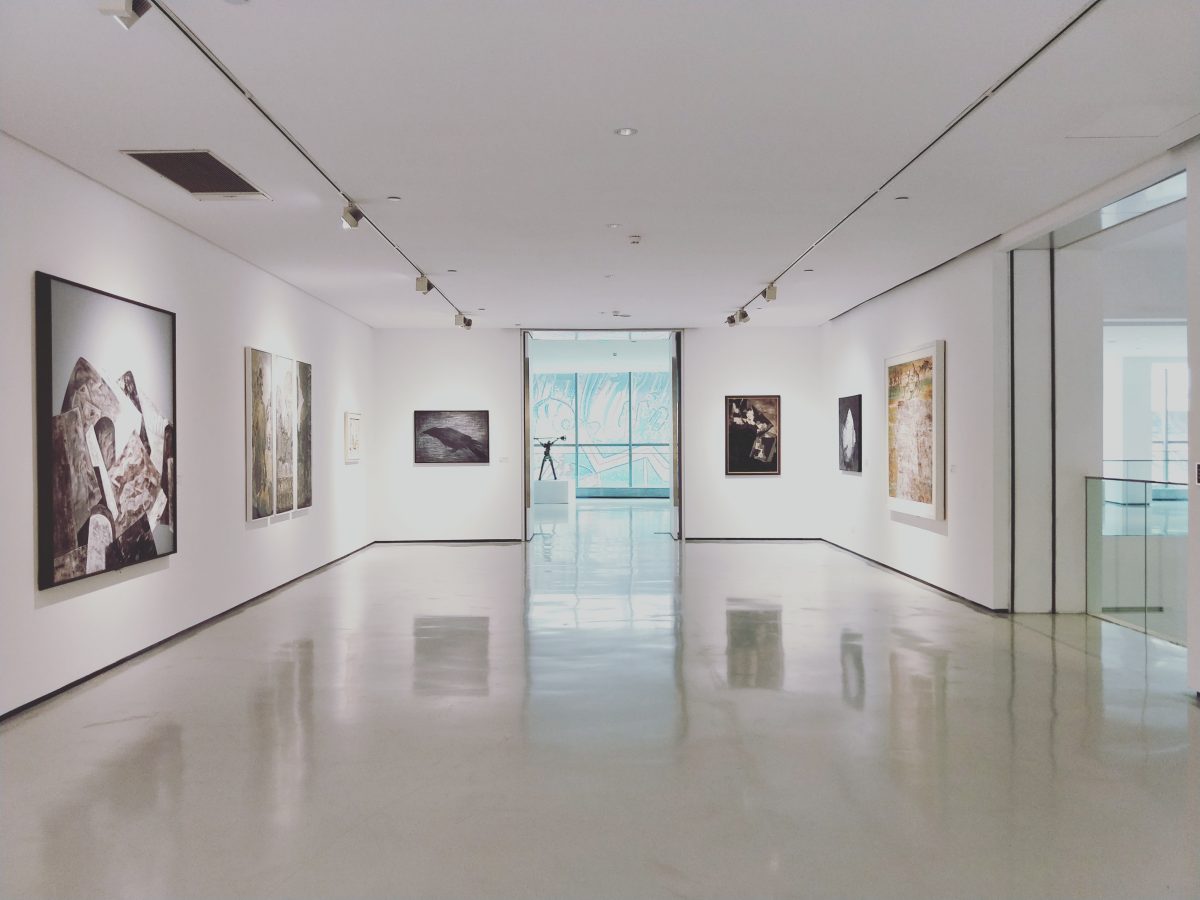A brief history of gamification Gamification, in the most well-known and basic definition, is “the process of adding games or game-like elements to something (such as a task) so as to encourage participation” The definition of gamification may vary between people and situations, but the core is to utilize concepts from game development to solve […]
Motion capture technology (also known as Mo-cap) is the process of digitally recording the movement of an object. It translates the motion trajectory into data and models. This technology is widely used in entertainment, medical applications, military, and arts industries. Maybe the word doesn’t sound so familiar to you, but you must have come into […]
Virtual Reality has been an ongoing trend in the art world. While more and more museums adapt to VR technology, some among them have gone one step further — they do not exist as a physical entity at all. This study reviewed three digital museums, each taking a different approach, and oriented with different techniques, […]

Why aren’t museums using machine translation? This article explores how machine translation works and how it came to be in its current state, as well as how we evaluate state-of-the-art machine translation technology. Finally, this article examines how improvements in machine translation could disrupt and transform the museum industry.
Virtual reality, or VR, has quickly become a mainstay for exhibiting arts and cultural organizations. When looking at it as a concept, “VR has the potential to simulate imaginative and existing physical environments along with their processes. The simulations can be tuned to a highest level of multisensorial realism in order to affect users’ visual, […]
At the beginning of the pandemic, music educators had to reimagine how they were going to keep teaching our young musicians of tomorrow. With schools being closed and positive cases on the rise, students did not have access to their regular in-person offerings. How were they to keep learning, engaging, communicating, and socializing with their […]
The old way of thinking about indie artists was that they had no choice but to figure out a way to make it on their own because no major label would sign them. They were too obscure, too weird, too niche, and they wouldn’t make any money. Nowadays however, independent artists have more power and […]
Introduction We live in a world full of data. Data brings information, knowledge, and wisdom, as presented by the DIKW pyramids. Based on large sets of data, we can add value and enrich it through productive analysis, and finally, we can get wisdom. With technology developing, getting trends and insights from unorganized raw data becomes […]
Artificial intelligence in the arts is growing increasingly more complex. It’s 2022, and robots are co-creating art, NFTs are celebrating and confusing art consumers around the world, and at least 85% of Americans have smartphones that give immediate access to endless amounts of streaming content. This article specifically covers the recommendation algorithms built to support […]
In April 2019, the Dalí Lives exhibit opened along with an AI recreation of Salvador Dalí: Dalí Lives is an advanced instance of a growing phenomenon with the potential to disrupt both the art world and technologically mediated inter personal relationships. Ghostbots (sometimes called Griefbots) are an impending challenge for post mortem privacy and the […]